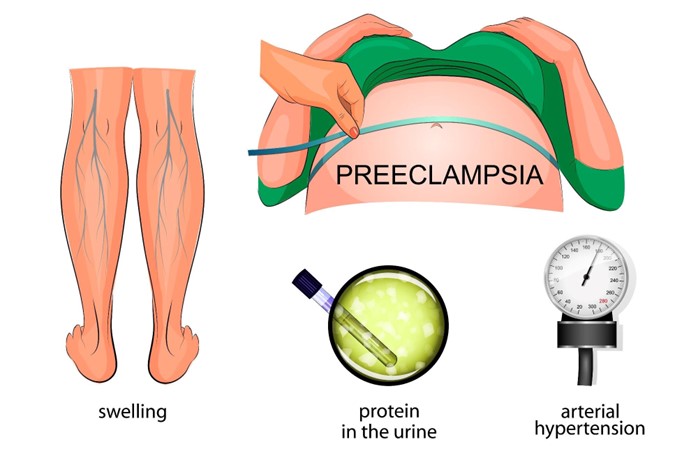The nurse is preparing a dose of 10 mg of teriparatide. The medication is labeled 760 mcg/2.4 mL. How many mL should the nurse administer? (Enter numeric value only. If rounding is required, round to the nearest tenth.)
The Correct Answer is ["31.6"]
The correct answer is : 31.6 mL
Let’s calculate this step by step:
Step 1: Convert 10 mg of teriparatide to mcg. We know that 1 mg = 1000 mcg. So, 10 mg = 10 × 1000 mcg = 10000 mcg.
Step 2: The medication is labeled as 760 mcg/2.4 ml. This means that 760 mcg of the medication is present in 2.4 mL.
Step 3: Now, we need to find out how many ml will contain 10000 mcg of the medication. We can set up a proportion to solve this:
(760 mcg / 2.4 ml) = (10000 mcg / x mL)
Step 4: Solving for x, we cross-multiply and divide:
x ml = (10000 mcg × 2.4 ml) ÷ 760 mcg
Step 5: Calculate the result:
x ml = 24000 mcg·ml ÷ 760 mcg = 31.57894736842105 mL
Step 6: If rounding is required, round to the nearest tenth:
x ml = 31.6 mL
So, the nurse should administer 31.6 mL of the medication.
Nursing Test Bank
Naxlex Comprehensive Predictor Exams
Related Questions
Correct Answer is A
Explanation
Choice B reason: Blood pressure of 122/74 mm Hg is within the normal range for a postpartum client and does not indicate an infection. However, the nurse should monitor for signs of preeclampsia or eclampsia, such as hypertension, proteinuria, headache, blurred vision, and seizures.
Choice C reason: Oral temperature of 100.2°F (37.9°C. is slightly elevated, but not necessarily indicative of an infection. A mild fever may occur within the first 24 hours after delivery due to dehydration or hormonal changes. However, if the fever persists or increases, the nurse should suspect an infection and notify the healthcare provider.
Choice D reason: White blood cell count of 19,000/mm^3 (19 x 10^9/L) is higher than the normal range, but not necessarily indicative of an infection. A leukocytosis or increased WBC count may occur as a normal response to stress or trauma during delivery. However, if the WBC count remains elevated or increases further, the nurse should suspect an infection and notify the healthcare provider.
Correct Answer is B
Explanation
Choice A reason: When the client has ankle edema, it is important for the nurse to assess for other signs of fluid retention, such as weight gain, jugular venous distension, and crackles in the lungs. However, ankle edema alone is not a specific indicator of preeclampsia or eclampsia, which are conditions that can cause hyperreflexia or increased DTRs.
Choice C reason: During admission to labor and delivery, it is important for the nurse to assess various aspects of the client's health status, such as vital signs, fetal heart rate, contractions, cervical dilation, and pain level. However, assessing DTRs is not a routine part of labor and delivery assessment unless there are signs of preeclampsia or eclampsia.
Choice D reason: Within the first trimester of pregnancy, it is important for the nurse to assess for signs of pregnancy-related nausea and vomiting, bleeding, infection, and ectopic pregnancy. However, assessing DTRs is not a routine part of first trimester assessment unless there are signs of neurological disorders or spinal cord injury.

Whether you are a student looking to ace your exams or a practicing nurse seeking to enhance your expertise , our nursing education contents will empower you with the confidence and competence to make a difference in the lives of patients and become a respected leader in the healthcare field.
Visit Naxlex, invest in your future and unlock endless possibilities with our unparalleled nursing education contents today
Report Wrong Answer on the Current Question
Do you disagree with the answer? If yes, what is your expected answer? Explain.
Kindly be descriptive with the issue you are facing.
